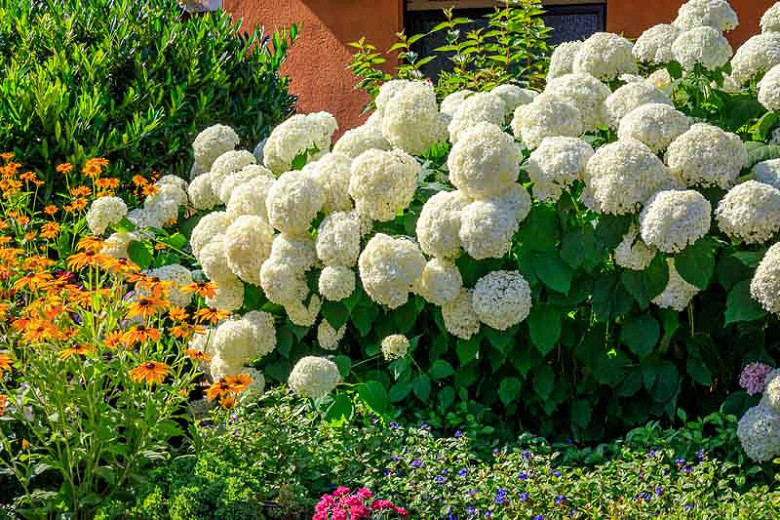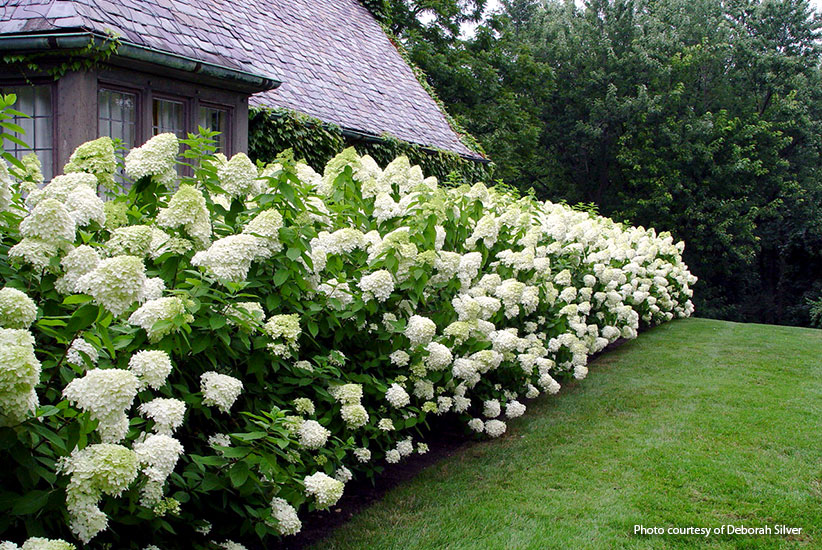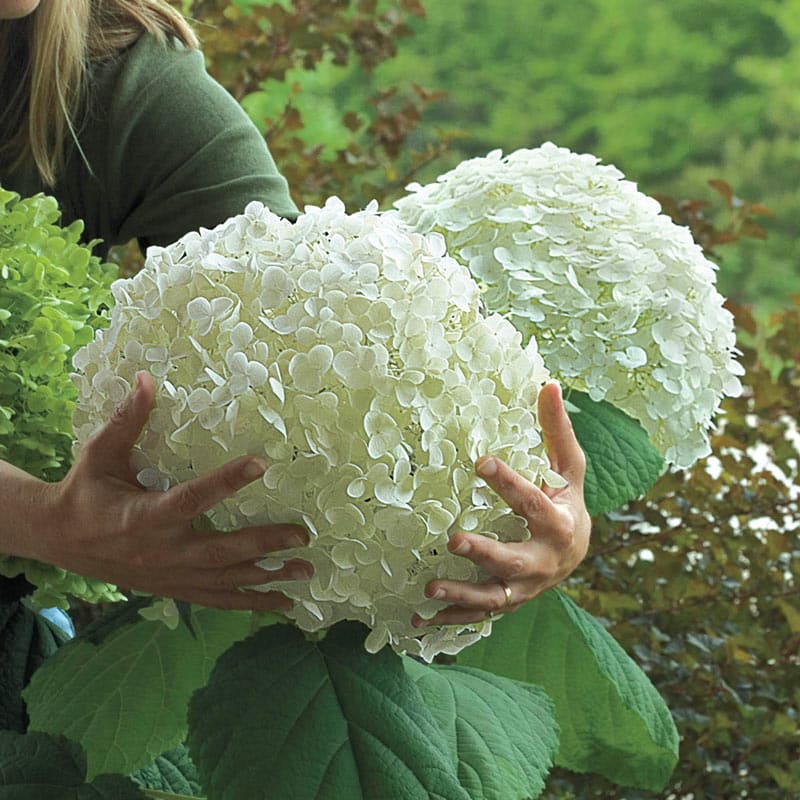Hydrangeas: The Deerresistant Flower That Will Brighten Up Your Garden
Hydrangeas are some of the most popular flowers in the world, and for good reason. They are beautiful, easy to care for, and come in a wide variety of colors. But did you know that hydrangeas are also deer resistant? That's right, these beautiful flowers are not on the menu for hungry deer.
If you are looking for a deer-resistant flower to add to your garden, hydrangeas are a great option. They are also relatively low-maintenance, making them a good choice for even novice gardeners.
In this blog post, we will discuss everything you need to know about growing hydrangeas, including:
- Different types of hydrangeas
- How to choose the right hydrangea for your garden
- How to plant and care for hydrangeas
- How to make your hydrangeas more deer resistant
Types of Hydrangeas
There are many different types of hydrangeas, each with its own unique characteristics. Some of the most popular types include:
- Mophead hydrangeas: These hydrangeas have large, rounded flower heads that resemble mops. They are typically blue or pink, but can also be white or green.
- Peegee hydrangeas: These hydrangeas have narrow, conical flower heads that resemble pine cones. They are typically blue or pink, but can also be white or green.

- Smooth hydrangeas: These hydrangeas have flat, plate-like flower heads. They are typically blue or pink, but can also be white or green.

- Panicle hydrangeas: These hydrangeas have large, pyramidal flower heads. They are typically white or pink, but can also be red or purple.

- Tree hydrangeas: These hydrangeas grow into small trees. They have large, panicle-shaped flower heads that are typically white or pink.
How to Choose the Right Hydrangea for Your Garden
When choosing a hydrangea for your garden, there are a few factors you need to consider:
- Sunlight: Hydrangeas need partial to full sun. Avoid planting them in full shade, as they will not flower as well.
- Soil: Hydrangeas prefer moist, well-drained soil. If your soil is sandy or clayey, you may need to add compost or other organic matter to improve drainage.
- Hardiness zone: Hydrangeas are hardy in USDA zones 3-9. Choose a variety that is hardy in your climate zone.
- Color: Hydrangeas come in a wide variety of colors, including blue, pink, white, and green. Choose a color that will complement the other plants in your garden.
How to Plant and Care for Hydrangeas
Hydrangeas are relatively easy to plant and care for. Here are the basic steps:
- Choose a sunny or partially shaded location with moist, well-drained soil.
- Dig a hole that is twice as wide and as deep as the root ball of the hydrangea.
- Add some compost or other organic matter to the bottom of the hole.
- Place the hydrangea in the hole and backfill with soil.
- Water the hydrangea well.
Once your hydrangea is planted, you will need to water it regularly, especially during the first year. You may also need to fertilize it once a year in the spring.
How to Make Your Hydrangeas More Deer Resistant
Deer are not typically attracted to hydrangeas, but there are a few things you can do to make them even less appealing:
- Plant your hydrangeas in a location that is surrounded by other deer-resistant plants.
- Apply a deer repellent to the leaves of your hydrangeas.
- Install a deer fence around your hydrangeas.
By following these tips, you can enjoy your beautiful hydrangeas for years to come.
Hydrangeas are beautiful flowering shrubs that can add a touch of elegance to any garden. However, they can also be a target for deer, who are known to eat their leaves and buds. If you live in an area with deer, you may be wondering if there are any hydrangea varieties that are deer resistant.
The good news is that there are a few hydrangeas that deer tend to avoid. One option is the bracted hydrangea (Hydrangea involucrata). This species has soft, fuzzy leaves that are not as palatable to deer as other types of hydrangeas. Another option is the climbing hydrangea (Hydrangea anomala petiolaris). This vine-like plant grows too tall for deer to reach.
If you live in an area with a high deer population, you may want to consider planting one of these deer-resistant hydrangeas. However, it's important to remember that no plant is completely deer proof. If deer are really hungry, they may still eat your hydrangeas.
For more information about hydrangeas and deer, I recommend visiting . This website has a wealth of information on hydrangea care, including tips on how to deter deer from eating your plants.
FAQ of hydrangea and deer
1. Are hydrangeas deer-resistant?
Not all hydrangeas are deer-resistant. Some varieties, such as oakleaf hydrangeas and Annabelle hydrangeas, are more palatable to deer than others. If you have deer in your area, you may want to choose a deer-resistant variety of hydrangea, such as panicle hydrangeas or smooth hydrangeas.
2. What can I do to protect my hydrangeas from deer?
There are a few things you can do to protect your hydrangeas from deer:
- Plant your hydrangeas in a location that is difficult for deer to reach, such as in a fenced-in area or near a busy street.
- Use deer repellents, such as commercial products or homemade mixtures of garlic, cayenne pepper, and soap.
- Apply a physical barrier around your hydrangeas, such as chicken wire or netting.
- Plant deer-resistant plants around your hydrangeas, such as lavender or rosemary.
3. What should I do if deer have eaten my hydrangeas?
If deer have eaten your hydrangeas, the first thing you should do is assess the damage. If the deer have only eaten the leaves, the plant may still recover. However, if they have eaten the stems or flowers, the plant may not survive.
If the plant is still alive, you can help it recover by watering it regularly and fertilizing it with a high-nitrogen fertilizer. You may also want to consider pruning the plant to remove any damaged or diseased growth.
4. What is the best time to plant hydrangeas?
The best time to plant hydrangeas is in the spring or fall. This gives the plant time to establish its roots before the hot summer weather or the cold winter weather.
5. How do I care for hydrangeas?
Hydrangeas are relatively easy to care for. They need full sun to partial shade and moist, well-drained soil. They should be fertilized once a month during the growing season.
In the fall, you can prune hydrangeas to remove any dead or diseased growth. You can also trim them back to encourage new growth.
Image of hydrangea and deer
5 different images of "hydrangea and deer" from Pinterest:
- A deer grazing on the leaves of a hydrangea bush.

- A deer standing in front of a hydrangea bush, its antlers brushing against the flowers.

- A deer drinking from a pool of water that has formed in the bottom of a hydrangea flower.

- A deer resting under a hydrangea tree, its head drooping over the flowers.

- A deer and a fawn frolicking in a field of hydrangeas.

Post a Comment for "Hydrangeas: The Deerresistant Flower That Will Brighten Up Your Garden"